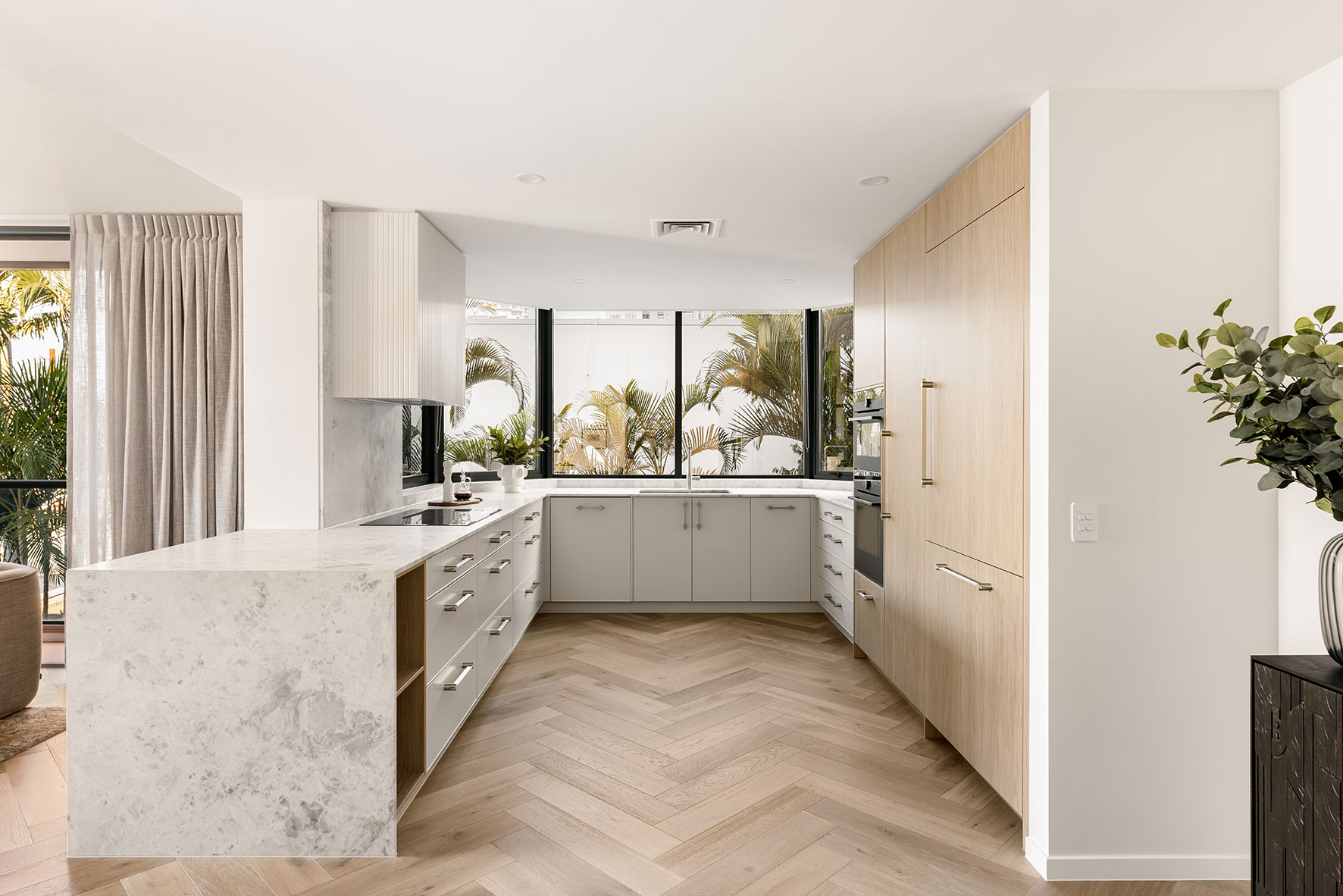For Queensland residents looking to build, renovate or retrofit their homes, incorporating flood resilience measures is crucial to improving your property’s preparedness for the next flood event. Here’s the expert guide to protecting your home from potential flood damage.
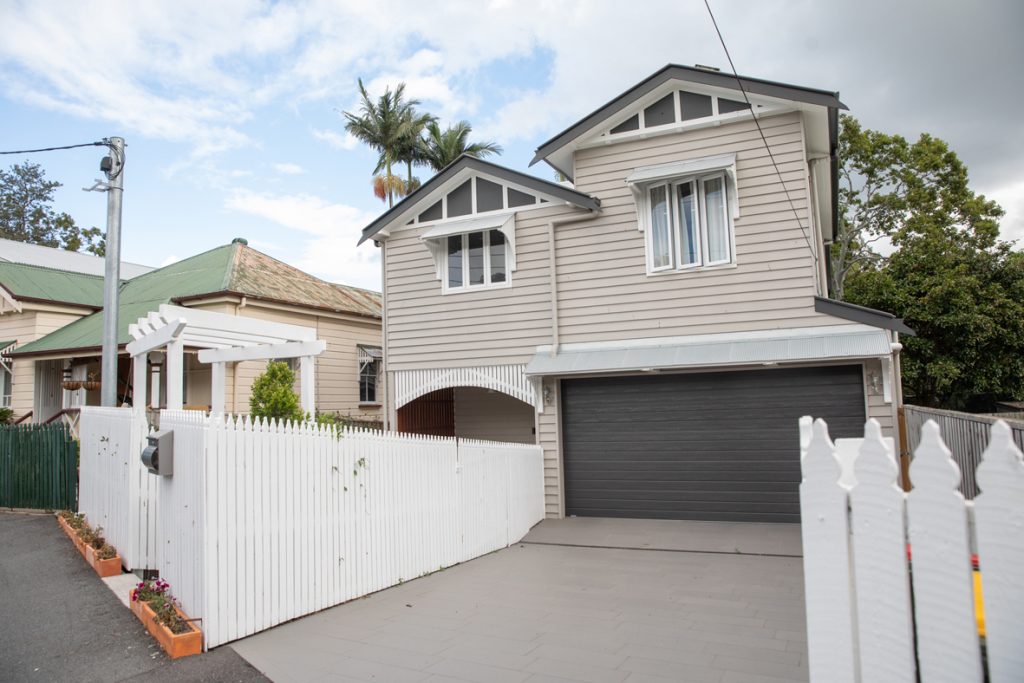
Every flood event is unique, with different levels and sources of flooding. Unfortunately, as South East Queensland and Northern New South Wales witnessed throughout 2022, in some areas, it’s often not possible to avoid flooding altogether. Which is why it is vital to prepare your property to allow you to get through a potential flood event with less damage and expense.
In the River City, Brisbane City Council has been delivering the Flood Resilient Homes Pilot Program since 2018, connecting flood-vulnerable residents with experts in flood-resilient design and construction to provide assessments, recommendations, and some instances, funded works to build flood resilience in Brisbane homes.
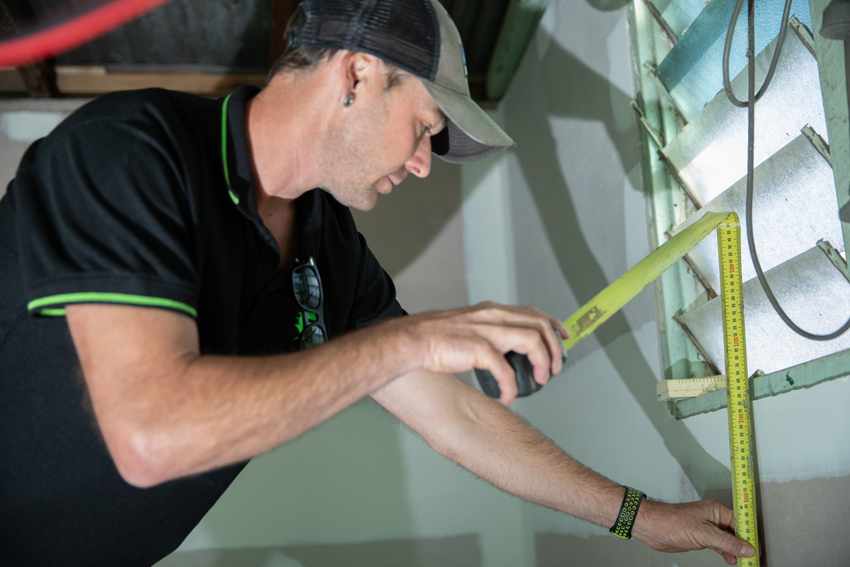
“It’s a common perception that building flood resilience is an expensive exercise, requiring major renovations such as house raising,” says Tracy Melenewycz, CEO at Brisbane Sustainability Agency, a subsidiary of Brisbane City Council dedicated to delivering sustainable projects and outcomes for the city. “While that may be necessary for some properties, many residents can build flood resilience with a range of simple and affordable techniques.”
Flood resilience uses different building, design and construction techniques that make it easier for residents to prepare for, live through and recover quickly from a flood event with minimal disruption or stress. It’s a common-sense approach to building that accepts flooding as a reality and builds in a way that will result in cheaper and quicker recovery.
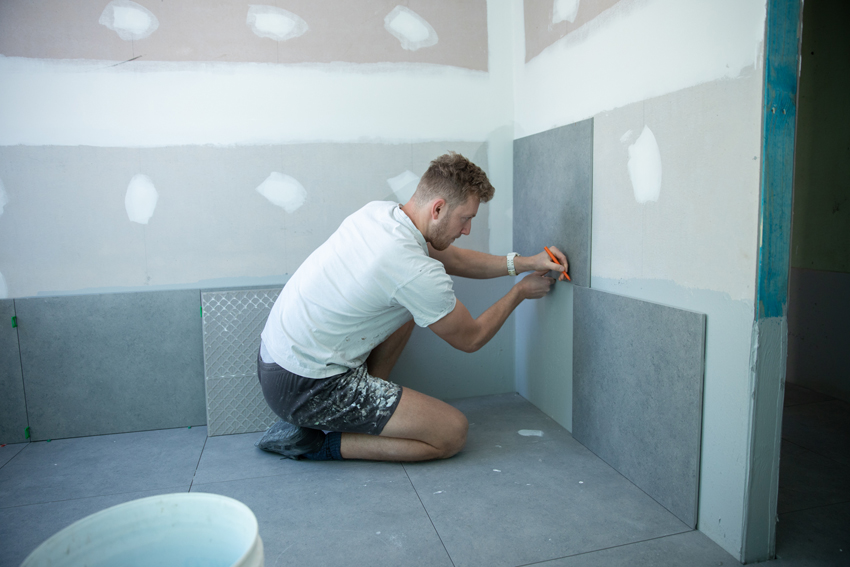
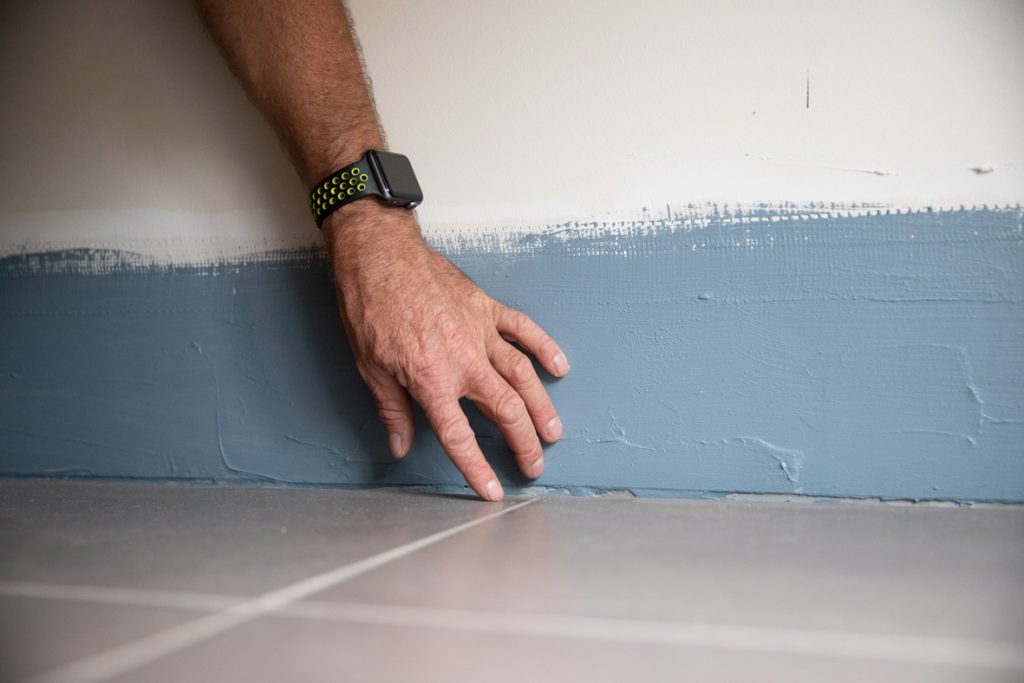
KNOW YOUR RISK
Understanding your property’s flood risk is the first step to building flood resilience. For Brisbane residents, this is as easy as using Brisbane City Council’s Flood Awareness Map. Search your address and then download the Floodwise Property Report, which will estimate the likelihood of flood waters reaching various heights at your property. Compare this with your property’s habitable floor level, which can be determined with a Property Level Survey, to estimate the height of flood waters that may enter your property.
ADOPT RESILIENT BUILDING & DESIGN TECHNIQUES
There are practical and affordable flood resilience techniques to help you prepare for and recover quickly from flooding events. Some examples include raising appliances and services (such as washing machines, hot water systems or air conditioning units) above the estimated flood level and engaging a licensed electrician to separate the upstairs and downstairs electrical circuits. Also, regularly maintain and inspect your property’s drainage systems to ensure there’s no way for water to enter your home in a severe weather event (such as through open or cracked stormwater pipes).
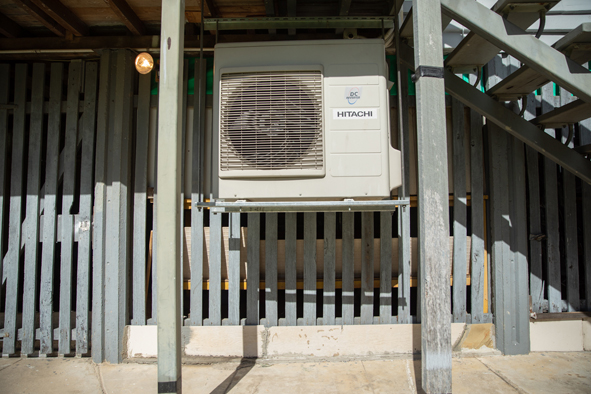
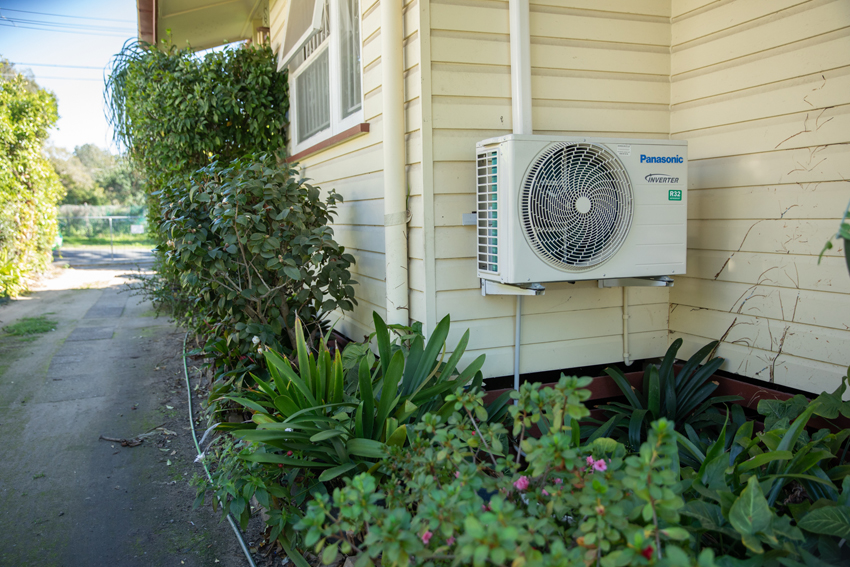
Wavell Heights resident, Renee Olsen, raised all the expensive appliances and services in her house, which turned out to be a significant cost-saving decision. After her property was inundated with flood waters in 2022, Renee notes, “We have no doubt [that] we would have lost two heat pumps, our pool pump, pool heater and chlorinator costing us thousands and thousands of dollars.”
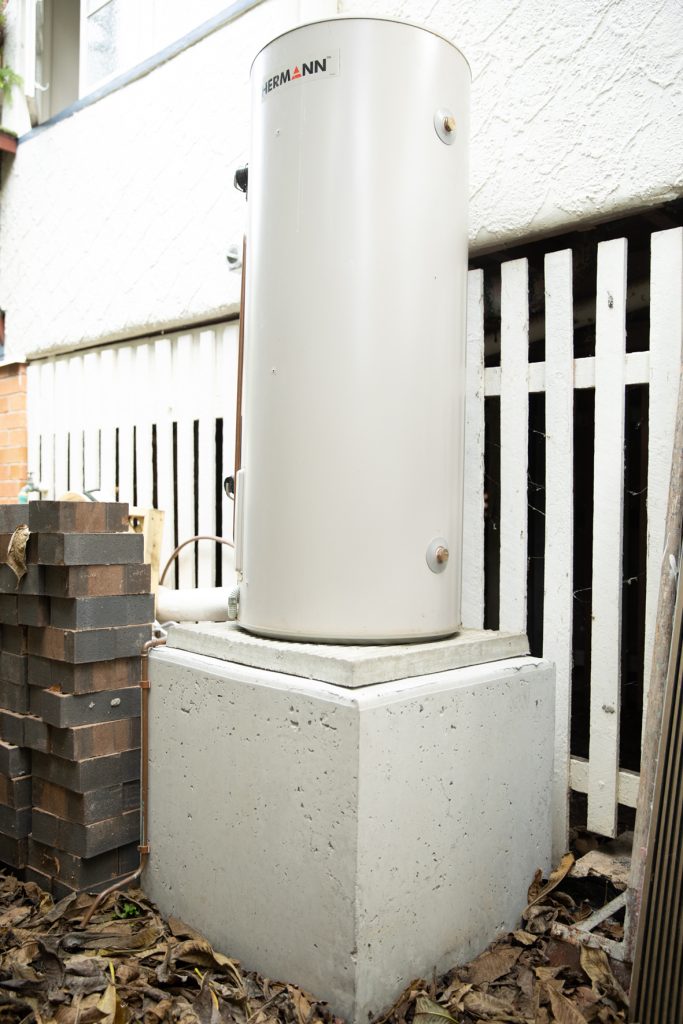
Every property’s design and flood risk is unique, so it’s a good idea to seek expert advice and guidance from a trade contractor experienced in flood resilience.
TALK TO YOUR INSURER
To avoid nasty surprises, check your insurance adequately covers your home and possessions. It’s also worth talking to your insurer about the flood-resilient strategies you implement at home because this can sometimes reduce insurance premiums.
For more information and video resources about building flood-resilient homes, visit Brisbane Sustainability Agency’s website at sustainablebrisbane.com.au/flood-resilience



